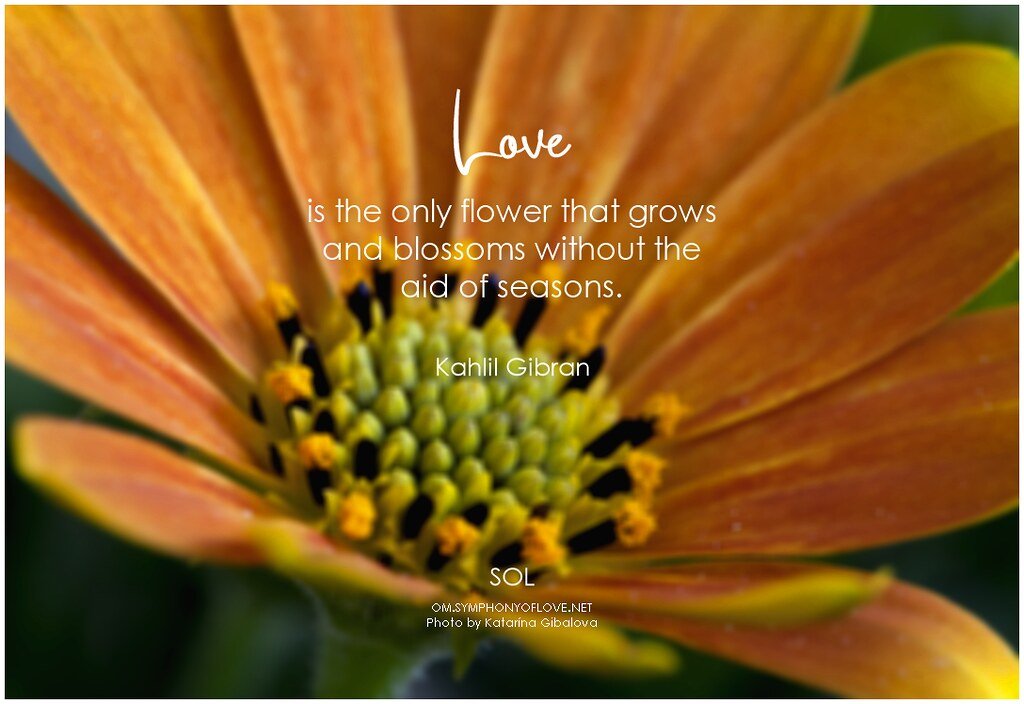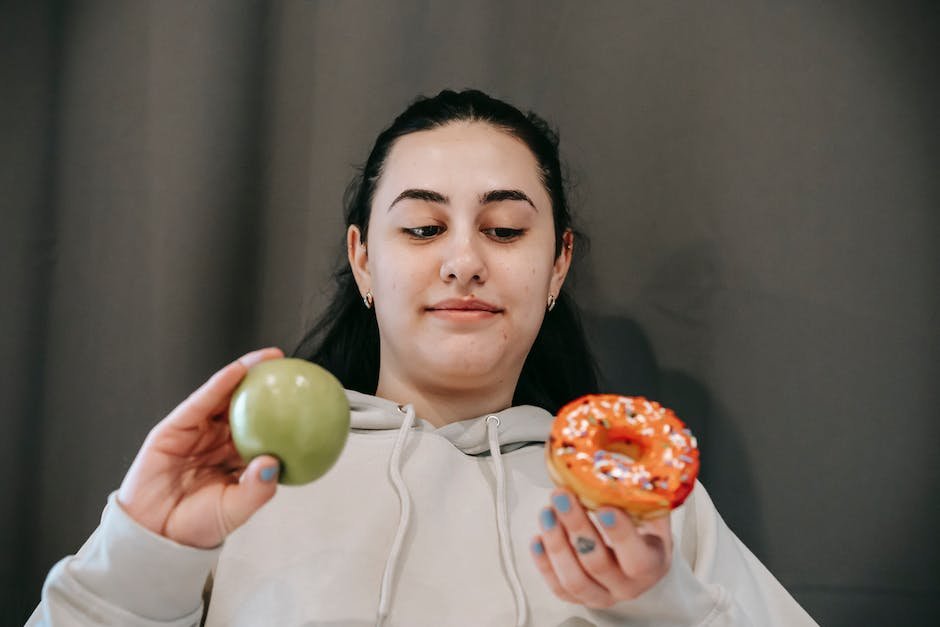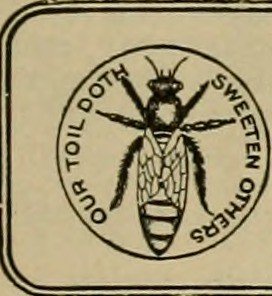Beneath the vibrant tapestry of a bee-friendly garden lies a secret dance of nature, orchestrated by the gentle hum of delicate pollinators. As these industrious creatures flit from flower to flower, their indispensable role in our ecosystem becomes ever more apparent. However, amidst the kaleidoscope of colorful blossoms, we often overlook the tremendous significance of fruits in nurturing a thriving bee population. These delectable wonders of nature not only offer a tantalizing feast for our taste buds but serve as vital sustenance for our buzzing allies. In this article, we delve into the captivating world of fruit-bearing plants, unwrapping the profound contributions they make to creating and preserving an idyllic haven for bees.
Table of Contents
- The Delightful Symphony of Blossoms: How Fruits Nourish Bees Throughout the Seasons
- Unveiling the Bee’s Favorite Fruit Buffet: A Guide to Irresistible Nectar-Rich Varieties
- Designing a Fruity Haven for Bees: Tips for Optimal Plant Placement and Arrangement
- Sweet Rewards for You and the Bees: Harvesting and Utilizing Fruits in Your Garden
- Protecting Bee Health: Pest Management and Natural Methods to Ensure Fruitful Coexistence
- Q&A
- The Conclusion

The Delightful Symphony of Blossoms: How Fruits Nourish Bees Throughout the Seasons
When it comes to the delicate dance between bees and flowers, there is a symphony of colors, scents, and tastes that come together to create a harmonious relationship. The sweet nectar produced by blossoms serves as a vital source of nourishment for bees, sustaining them throughout the changing seasons.
As the vibrant tapestry of nature unfolds, different fruits take center stage, enticing the buzzing creatures with their unique flavors and fragrances. In the spring, succulent strawberries and fragrant cherry blossoms provide a delectable feast for bees, their bright hues guiding pollinators to a treasure trove of nutrients. During the summer months, juicy watermelons and tangy oranges beckon bees with their refreshing sweetness, inviting them to partake in the fruity fiesta.
As autumn arrives, bees are treated to a symphony of golden pumpkins and crisp apples, with their distinct aromas weaving a tale of abundance and transition. And in the winter, when the world hibernates, bees find solace in the subtle melody of blooming citrus fruits and exotic pomegranates, ever ready to nourish their journey through the colder months.
- The allure of variety: Fruits offer an array of flavors, enticing bees with a diverse menu to choose from. This variation ensures that bees receive a well-rounded diet, packed with essential nutrients.
- A symbiotic relationship: As bees feast on the nectar and pollen of fruits, they unknowingly transfer pollen from one flower to another, facilitating the process of pollination and ensuring the continuation of plant life.
- The rhythm of the seasons: Just as the seasons change, so does the availability of different fruits. This natural progression ensures that bees have a constant source of nourishment as they navigate the ever-shifting landscape of nature.
The delightful symphony of blossoms and fruits is a testament to the interconnectedness of nature. In this dance, bees find sustenance, and fruits find salvation through the pollination process. Together, they create a harmonious melody that resonates throughout the seasons, reminding us of the profound beauty and significance of the natural world.

Unveiling the Bee’s Favorite Fruit Buffet: A Guide to Irresistible Nectar-Rich Varieties
In the world of bees, a buffet of nectar-rich fruits awaits. These delectable delights not only satisfy their taste buds, but also play a significant role in pollination. Join us as we uncover the secret garden of the bee’s favorite fruit buffet, filled with an array of irresistible choices.
From the vibrant blossoms of apple trees to the fragrant petals of cherry blossoms, bees dive deep into nature’s most delicate and alluring creations. Here are some of the nectar-rich varieties that make bees go buzzing:
- Blueberries: Bursting with sweetness and a hint of tang, these tiny berries offer a delightful treat for buzzing visitors.
- Watermelon: Juicy and refreshing, the nectar-filled core of this summertime wonder never fails to attract a swarm of eager bees.
- Passion Fruit: A tropical treasure, this exotic fruit entices bees with its aromatic flavor and a floral fragrance that dances on the air.
- Peaches: Velvety and succulent, these golden orbs provide a nectar feast for bees and reward them with the essence of summer.
Remember, bees play a vital role in pollination, and by creating a welcoming bee-friendly environment, we can help sustain their populations. So, the next time you indulge in the lusciousness of these nectar-rich fruits, appreciate the hard work of our little pollinating friends.

Designing a Fruity Haven for Bees: Tips for Optimal Plant Placement and Arrangement
When creating a bee-friendly haven in your garden, it’s essential to focus on plant placement and arrangement. By strategically planning your garden layout, you can attract and support abundant bee populations while also enjoying the beauty of a lush and fruitful landscape. Consider these tips to optimize your design and create an oasis that both bees and humans can appreciate:
1. Diversity is Key: Aim for a wide variety of flowering plants, trees, and shrubs that bloom at different times throughout the year. This ensures a consistent supply of nectar and pollen, providing bees with sustained nutrition. Mix in a range of fruit-bearing plants like citrus trees, berry bushes, and apple trees to further entice bees to visit your garden.
2. Group Plantings: Cluster similar plants together in groups, as bees are attracted to larger patches of the same flower. This clustering creates a visually striking impact and allows bees to efficiently visit multiple flowers in one area, maximizing their foraging efficiency.
3. Create Nectar Corridors: Design pathways or corridors within your garden consisting of bee-friendly plants. These corridors create a clear route for bees to navigate, enhancing their foraging success. Consider incorporating bright flowers like lavender, salvia, or sunflowers along these corridors to guide bees to the desired locations within your garden.
With these tips in mind, you can transform your garden into a buzzing paradise for bees. Through thoughtful plant placement and arrangement, you’ll not only create an inviting space for these important pollinators but also enjoy a vibrant and fruitful landscape that will thrive for years to come.
Sweet Rewards for You and the Bees: Harvesting and Utilizing Fruits in Your Garden
Welcome to a world where you and the buzzing bees can both enjoy the sweet rewards of your garden’s bountiful fruits. As you tend to your garden, nurturing it with love and care, you’ll witness its magical transformation into a vibrant oasis of deliciousness. Not only will you be able to savor the mouthwatering taste of homegrown fruits, but you’ll also play a vital role in supporting the buzzing heroes of nature – the bees.
Imagine stepping into your garden, where the vibrant colors and luscious scents of ripened fruits envelop your senses. The soft touch of a ripe strawberry, the juicy burst of a perfectly ripened peach, or the tangy sweetness of a freshly picked blueberry. Every bite is a symphony of flavors that reward your dedication and hard work.
But it’s not just you who reaps the benefits of your harvest. Every flower, every tree, and every fruit that flourishes in your garden serves as a banquet for the industrious bees. The humble buzzing creatures diligently collect nectar from the blossoms, transferring pollen and ensuring the survival of countless plant species. By encouraging fruit-bearing plants in your garden, you’re providing a much-needed food source for these incredible pollinators.
So, grab your gardening gloves, sharpen your shears, and get ready to embark on a journey filled with tantalizing tastes and appreciation for the symbiotic relationship between you and the bees. Explore our guide below to not only learn how to harvest and utilize the fruits in your garden but also discover handy tips for creating a bee-friendly haven that will leave you both buzzing with joy.
Harvesting and Utilizing Fruits: Tips and Tricks
- Timing is key: Different fruits have different telltale signs of ripeness. From the subtle change in color to the gentle give when pressed, knowing when to harvest each fruit ensures maximum flavor.
- The gentle touch: When picking fruits, it’s essential to handle them with care. Support the fruit with one hand while gently detaching it from the plant with the other, ensuring you don’t damage any surrounding blooms or branches.
- Savor the goodness: From refreshing fruit salads to homemade jams and pies, there are endless ways to enjoy your garden’s bounty. Experiment with new recipes and share the sweet rewards with friends and family.
Cultivating a Bee-Friendly Garden
- Choose bee-friendly plants: Incorporate a variety of flowering plants in your garden that provide nectar and pollen throughout the year. Lavender, sunflowers, and wildflowers are just a few examples of plants that will make the bees dance with delight.
- Safe havens: Create a safe and pesticide-free environment for bees by avoiding harmful chemicals. Opt for organic alternatives and let nature’s balance thrive.
- Water for all: Bees need water too! Place a shallow dish filled with water in your garden to give them a place to rest and rehydrate. Add floating objects like pebbles for bees to perch on safely.
Your garden holds the power to bring both you and the bees pure joy and abundance. So, nurture your plants, delight in the sweetness, and enjoy a harmonious relationship with nature’s most diligent workers. Together, you’ll create a symphony of flavors and ensure the continued flourishing of both your garden and the bee population.
Protecting Bee Health: Pest Management and Natural Methods to Ensure Fruitful Coexistence
Bee health is crucial for a thriving ecosystem and the sustainability of our food supply. Understanding the significance of effective pest management and embracing natural methods is vital to protect these invaluable pollinators. Here are some strategies to promote the health and vitality of bees:
- Integrated Pest Management (IPM): Adopting IPM practices can help manage bee pests without causing harm to the bees themselves. This approach focuses on preventing infestations through regular monitoring, using physical barriers, and implementing cultural practices that discourage pests. By minimizing the use of chemical pesticides, IPM ensures minimal negative impact on bee populations while still effectively controlling pests.
- Planting Bee-Friendly Gardens: Create a haven for bees by selecting plants that provide nectar and pollen throughout the year. Opt for a diverse range of flowers with varying bloom times, which will attract a wide variety of bee species. Consider native plants that are well-adapted to the local environment and avoid using pesticides or herbicides in your garden to prevent harmful effects on bees and other beneficial insects.
- Promoting Natural Predators: Encouraging the presence of natural predators, such as ladybugs and lacewings, can help control pests that may harm bees. These beneficial insects feed on pests like aphids and mites, reducing the need for chemical interventions. Creating habitats that provide shelter and food sources for natural predators can help establish a balanced ecosystem.
By prioritizing both pest management and natural methods, we can ensure a fruitful coexistence between bees and humans, safeguarding the vital role they play in pollination and the health of our environment. Let us strive to protect bee health and advocate for sustainable practices that support their well-being.
Q&A
Why are fruits important in a bee-friendly garden?
Fruits provide an essential source of nutrition for bees. The nectar and pollen of fruit-producing plants attract bees, supporting their wellbeing and helping to maintain healthy populations.
Which fruit-bearing plants are most beneficial for bees?
Apple trees, blueberry bushes, and strawberry plants are especially beneficial for bees. These plants provide abundant nectar and pollen, ensuring a reliable food source throughout the season.
Do all fruits attract bees equally?
No, not all fruits attract bees equally. Some fruits like watermelons and grapes have a lower bee appeal compared to others. However, fruits with vibrant colors and strong fragrances, such as raspberries and peaches, are more likely to attract bees.
How can fruit trees be integrated into a bee-friendly garden?
When planting fruit trees, choose varieties that bloom during different parts of the year to ensure continuous food availability for bees. Additionally, avoid using pesticides that are harmful to bees and provide a water source nearby for them to drink from.
What role do bees play in fruit pollination?
Bees play a crucial role in fruit pollination. As they collect nectar from flowers, bees inadvertently transfer pollen from male to female flowers, enabling fruiting plants to reproduce and produce a harvest.
Are there any special considerations when planting fruit trees for bees?
To create a bee-friendly environment, plant a variety of fruit trees to cater to different bee preferences. Make sure the trees have adequate sunlight, proper spacing, and access to water. Additionally, select disease-resistant varieties to minimize the use of pesticides that can harm bees.
How can home gardeners support bees in fruit pollination?
Home gardeners can support bees in fruit pollination by incorporating a variety of bee-friendly plants alongside fruit trees. Avoid using chemical pesticides and opt for organic methods to protect both bees and the fruits. Additionally, providing nesting areas like bee houses can help enhance bee populations.
The Conclusion
As we bid adieu to this beehive of information surrounding the role of fruits in a bee-friendly garden, one thing is certain – the harmonious relationship between these buzzing pollinators and our fruitful companions is truly a wonder to behold.
Through the sweet whispers of fragrant blossoms and the gentle hum of delicate wings, nature weaves a tapestry of existence where bees and fruits intertwine with grace. In the orchestration of this enchanting dance, we begin to unravel the intricate bond that sustains life itself.
From the humble apple, with its crisp juiciness ready to appease the hunger of both bee and human alike, to the vibrant oranges bursting with tangy nectar, fruits serve as nature’s bountiful gift to nourish and entice these industrious insects. Within the depths of their succulent flesh lies a treasure trove of nutrients, enticing bees with their alluring flavors and natural sweetness.
As we cultivate our gardens, let us not forget our winged allies, those tireless workers who tirelessly flit from flower to flower with steadfast dedication. By planting an assortment of bee-friendly fruits, we create a sanctuary for these essential pollinators. A haven where they can flourish, collect sustenance, and propagate the proliferation of life itself.
Beyond the vibrant display of colors and tantalizing aromas, our gardens become more than just a feast for our senses; they become a shared sanctuary, fostering the delicate balance between human and insect, where both thrive in unison. The fruits that adorn our tables become fruitful reminders of the intricate dance we are all part of, an awakening to the interconnectedness of all living things.
So, dear reader, as you embark on your journey to create a beehive of abundance in your own garden, remember the pivotal role fruits play in nurturing these gentle pollinators. Embrace a beehive of flavors and fragrances, and witness firsthand the magic of a garden teeming with life, where buzzing wings and luscious fruits harmonize in perfect symphony.
And so, let us venture forth, embracing our roles as stewards of the bees, guardians of the fruits, and cohabitants of this wondrous planet we call home. May your bee-friendly garden be a testament to the power of collaboration between nature and humanity, as we continue to celebrate the vital role fruits play in sustaining the beautiful dance of life itself.
As an affiliate, my content may feature links to products I personally use and recommend. By taking action, like subscribing or making a purchase, you’ll be supporting my work and fueling my taco cravings at the same time. Win-win, right?
Want to read more? Check out our Affiliate Disclosure page.